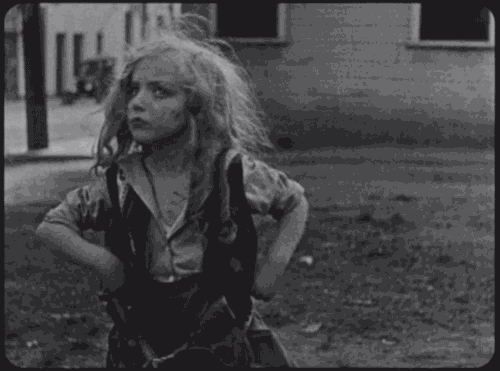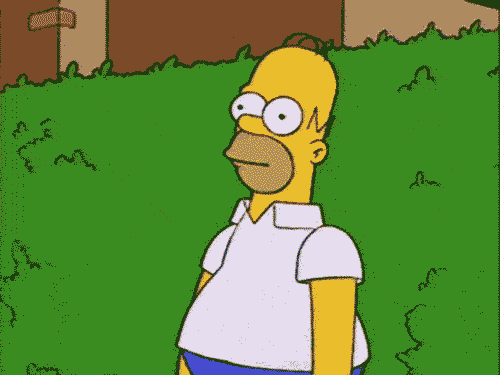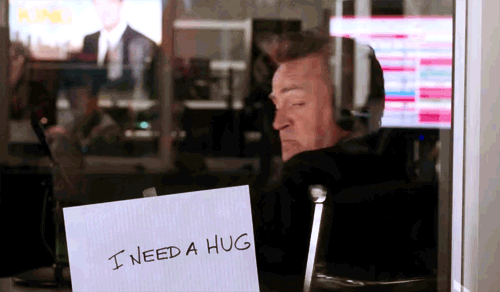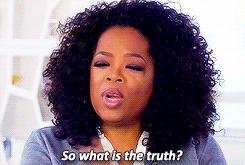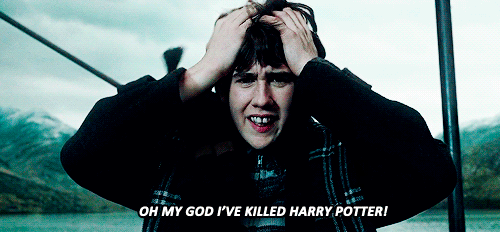Here’s another excerpt from Craftivism: The Art of Craft and Activism. This time from Sayraphim Lothian, whose sense of play I really admire. Sayraphim uses play in relation to crafts and community in a unique way that can turn what seems like a simple journey out on the town into an adventure of discovery. Please note that this is only part of her essay in the book, as for the rest of it, that is for you to uncover!

I want the world I live in to be a wonderful place. A place where neighbors chat to each other over fences and where people new to the building are welcomed with a plate of home-baked treats. A place where, walking along a footpath in the city, you might find a random piece of art hanging from a tree or a poem inscribed on a wall that someone has left for you. A place where magic or surreal moments are commonplace, where you never know what’s going to be around the next corner and, thusly, the anticipation is always there.
Hi, my name is Sayraphim Lothian and I’m a joyful optimist.
As the well-known quote says, we “must be the change [we] wish to see in the world.” I have taken this saying to heart and am trying to do exactly that. I think the importance of lovely things occurring to someone cannot be understated. Therefore, I make small handcrafted artworks to leave around the streets of cities around the world for people to find and take; I practice random acts of guerilla kindness to lift people’s mood and make them happy. The world needs more moments of joy, more unexpected lovely things happening to people, more enveloping moments of beauty that catch your eye and your heart, even if only for a second. If acts of road rage can create a ripple effect that sparks more road rage, then surely acts of loveliness can ripple outwards, too?
I’ve walked down alleys and found stenciled artwork on bits of fence palings left there for people to take, found interesting tiny sculptural works half hidden on windowsills, and seen hundreds of bells hanging from a tree on pale ribbons in the middle of Melbourne’s CBD (Central Business District). I’ve found magic in the strangest places and always loved the thrill of the find and the chance to own an amazing work of art, an item created with care and love by an (sometimes anonymous) artist. I get the same kind of thrill from street art, finding beautiful, amazing painted works of art down alleys, discovering interesting stickers on the backs of signs and strange, but wonderful figures nailed to light posts and fences. Walking through the city is an adventure, causing some days to feel like I’m on an art safari. When I was younger, I always wanted to contribute to the evolving gallery that is the streets; however, I’ve never been that good at painting or drawing. My skills lay in the vast and endless possibility that is craft.
Musing on that fact some years ago, I decided that I’d make a start in streetcraft, something you don’t see a lot of, aside from the mad amounts of yarn bombing about the place. At the same time, I wanted to do something nice for strangers, as a way of making the world a better place. I wanted to make something that I could leave out on the streets for people to find and take. A friend of mine, Bianca Brownlow, founded The Toy Society, a worldwide collective of people who make toys and leave them out to be found by kids and families. It’s such a beautiful, simple idea: taking the time to make a toy, then leaving it in a Ziploc bag in a park or at a library somewhere with a note that reads “Take me, I’m yours.”
When I first found out about The Toy Society, I reveled in its grassroots rebellion. This transaction takes all the corporations and all the government officials and all the media employees who usually get a say in how we interact with each other and the world out of the picture, reducing it down to just a couple of people. My rebellious, DIY heart rejoices at the thought of this. A Toy Society drop (which is how they refer to the act of leaving the toy, how spy-cool is that?) is this deeply personal exchange between two strangers. One stranger spends time at home hand making a toy, devoting hours and materials, creating it specifically to bring joy to someoneelse. When they’re done, they then go out and leave it somewhere, where another stranger finds it, takes it into their house, and gives it to their child to play with. Not only does it end up in the geographical heart of someone’s life and home, it also lives in the imagination, mind, and heart of their child. For me, this act is an incredibly close and touching encounter between two people who will never meet.
With The Toy Society project in mind, I wanted to emulate the idea of “dropping” a handmade something, something lovely that someone would be thrilled to find, but to do so with something aimed more at adults than children. As adults, we so often lose that joyous sense of discovery in the world and I want to help coax this back. As I was musing on what the actual item might be, a prop-maker friend of mine was absentmindedly chatting about a fake cake he’d made for a display and how easy it was to create – nothing but expanding builders’ foam, spackle (that thick white stuff used to fill holes in walls), and a bit of acrylic paint. In that moment, I was sold. I’d make fake cupcakes to leave on the street, with a little tag that read “for you, stranger.” Nice, simple, and clear.
The cakes were simple to make and fun to paint and decorate. A friend of mine, Holly McGuire, makes hand-carved stamps under the name Two Cheese Please, so I asked her to make a “For you, stranger” one. It also has my name (which is also my twitter handle) on it “@sayraphim,” but the “@” sign is in the shape of a heart. Therefore, the tag reads like a little card:
For you, stranger, ♥ sayraphim
I put my name on it in case people wanted to look up the project and see what it was all about, but I’m just as happy if they don’t. It’s not about taking credit or being contacted; the main aim of the project is to simply create a moment of loveliness in someone’s day. The inclusion of my name on it just makes it a little more personal, a gift from me to the finder.
Once created, I then go on a daylight mission into the city to drop the work. It’s an interesting and challenging task to find places to put them in the city. Put them too high or too low and people won’t see them, hide them too well and they may never be found. Once I’ve spotted a good place to leave one, I put the work down, photograph it, and then walk away. The temptation is to stay and watch, to see who picks it up, but I’ve learned that this changes the act itself. Deciding that you’ll stay and watch what people do with it makes the act of dropping the work actually an exchange, becoming a matter of “sure, you can have this thing I made, but I want to watch what you do with it.” It makes the finder an unknowing participant in a voyeuristic kind of performance that’s sort of creepy. In this regard, guerrilla kindnesses have to be put down and walked away from.
